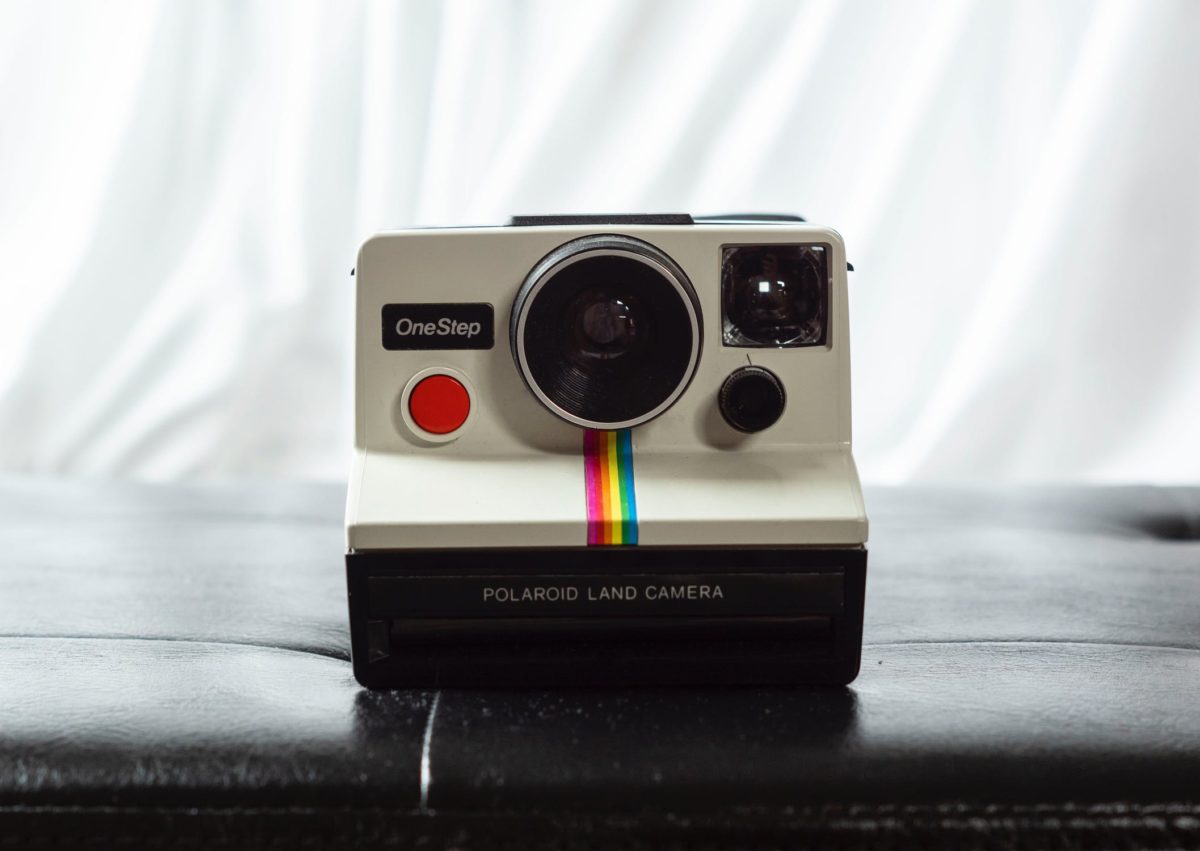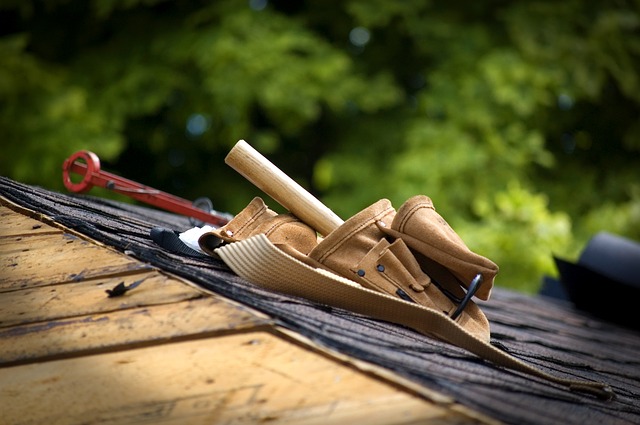Somewhere in the hazy fog of your old VHS tapes, that stack of Polaroids, or maybe even an attic-stuffed shoebox of mixtapes, lies your childhood. It’s tangible, visceral, stored in analog corners of your life, probably collecting dust and fading with time. Besides being tucked away in boxes, these memories are also tucked away in you: in how you live, breathe, and interact with the world. And now, in an era where everything seems to be ticking over to digital (even the stuff we swore would stay sacred), there’s a question staring back at us: how do you bring your childhood memories into the digital age? Let’s take a closer look!
One reminder before we continue: this is not about a sterile conversion of film to pixels. It’s about holding onto what makes us us – the stories, the laughs, the plentiful awkward moments – and ensuring they persist in a format that lasts beyond the fragility of physical media.
Why are childhood memories important?
You don’t have to be Sigmund Freud’s favorite cousin to recognize the importance of childhood in shaping who we are. In those hazy years – the ones we remember as infinite mind movies of playing in mud puddles and eating too much ice cream – the foundation is laid for everything we experience afterward. We carry our childhoods with us, like a shadow that never quite leaves, no matter how many birthdays we cross off.
And while we’re busy reminiscing about the good times, it’s worth noting that there’s hard data – studies and everything – backing this up. Research from the American Psychological Association shows that happy childhood memories play a significant role in long-term well-being; a happy childhood can reduce stress levels and even boost health well into adulthood. Also, nostalgia, it turns out, is more than just a sentimental itch – it’s a vital part of our mental architecture. When we reminisce, we reconnect with who we once were, which helps us figure out who we are now.
However – those memories were mostly captured using the technology of their time. Paper photos, VHS tapes, even the hypnotic glow of old tube TVs – time’s inevitable decay threatens all of them.
How do we remember the media?
Before iPhones started filling our cloud storage with photos of lunches and sunsets, there was something undeniably magical about the analog ways we captured moments. The clunky camera felt like an extension of our hands, a tool to freeze-frame the best parts of our day.
But times, as Bob Dylan once said, they are a-changin’. The evolution of the camera from film to pixels has taken us from 24-exposure rolls to bottomless scrolls of digital photos. While we’ve gained convenience, we’ve also lost the ritual. Remember that satisfying click of a Polaroid or the anticipation of waiting for the film to develop? That was when memories felt more deliberate. Less throwaway-ish.
The fragility of memories
Memories have always had a strange relationship with media. They’re tied to the photos, videos, and even the soundtracks we associate with key moments in our lives. But as we move forward, how do we ensure these moments endure, especially when the media we’ve relied on for so long is quickly becoming obsolete?
Interestingly, a 2023 article from Nature explored how photos influence our recollection of memories. The study showed that digital photos – while convenient – aren’t necessarily better at helping us remember. Analog photos, it turns out, often feel more tied to the experience itself, likely due to the physicality of the medium. But here’s the challenge: keeping those memories alive means more than just reminiscing. It means preserving them. Digitization becomes a lifeline in a world where your childhood photo album can crumble into dust.
How to bring your childhood memories into the digital age
You know this dilemma firsthand if you’ve ever encountered an old cassette tape or your family’s 8mm film reels. Analog media is fragile, and while it evokes a unique charm, its lifespan is limited. The great irony is that the things we value most – those captured memories – are housed in formats that age faster than we do.
The solution? Digitize. Want to keep those moments alive and shareable? Digitize. You don’t want your kids growing up without seeing the grainy footage of you doing something embarrassing on a Christmas morning circa 1989, do you?
Start with the basics. Gather your old photos, your VHS tapes, and your cassettes. You will want to transfer them into formats that can survive the next tech revolution. While VHS-to-digital converters with built-in digitization features or external capture devices offer a DIY approach, utilizing the option of professional media digitization services ensures higher quality, convenience, and long-term preservation. As one of the highest quality services of this kind, Capture allows you to transform those tapes into MP4s or digital files that can be uploaded, shared, and preserved in perpetuity. For photos, scanning services can help you upload high-quality digital versions of your prints. Even your mixtapes, those sonic time capsules of your teen angst, can be converted into MP3s.
And what about cloud storage? You can upload these digital versions of your childhood memories into the cloud and ensure they’ll survive in a space that’s both secure and easily accessible. No more dusty boxes. No more fading tapes. Just a vast digital library that you can share with friends, family, and – perhaps most importantly – future generations.
Conclusion
Memories – those intimate snapshots of our past – are delicate. They fade, distort, and get forgotten if we don’t take care to preserve them. As we’ve moved into the digital age, so too should the memories that define us. How to bring your childhood memories into the digital age is not just a question of practicality; it’s a way of honoring the people we were and the experiences that made us.
In an era when everything seems to be about constant forward motion, the act of preserving the past takes on new significance. So, start now. Those VHS tapes? Digitize them. Those dusty albums? Scan them. Keep the past alive, not just for the sake of nostalgia, but because it’s a part of who you are – and who you’ll continue to be.















